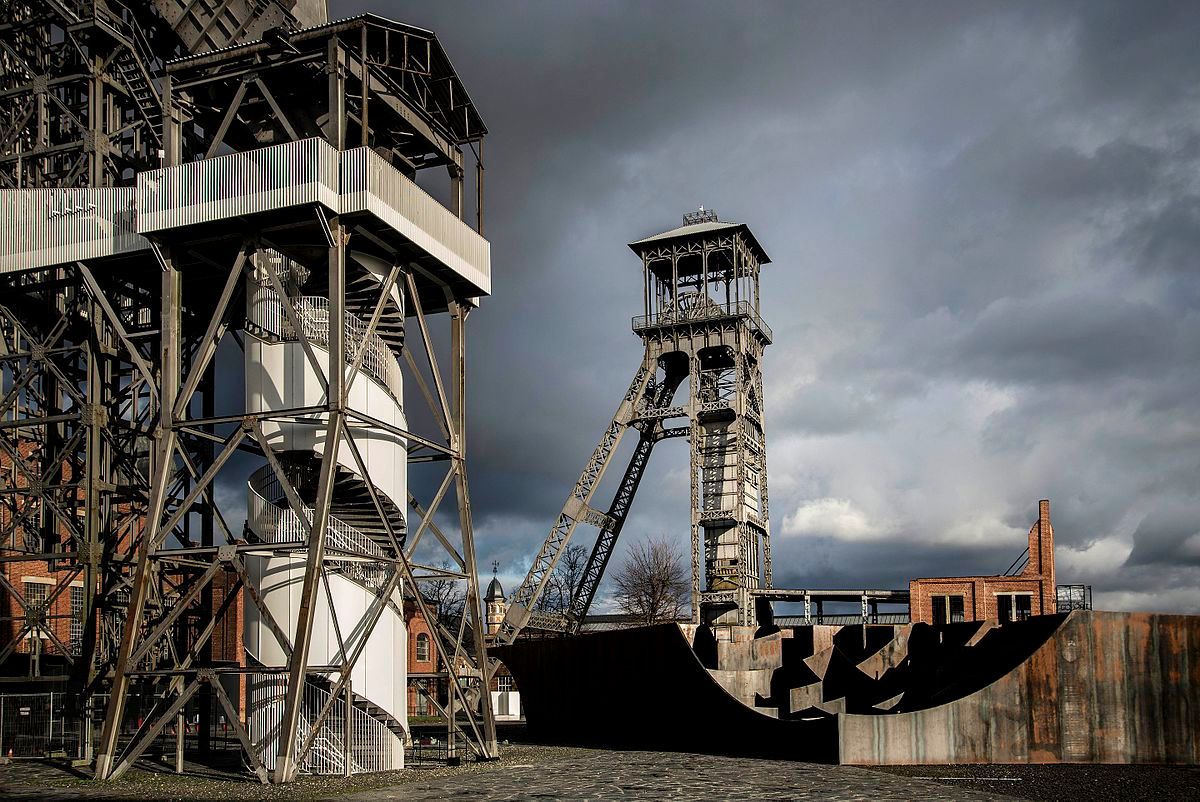Although the Genk coal mine of Winterslag has been closed for some thirty years, its influence can still be felt in the city. New infills ensure that the cité is still alive. The mine buildings, such as the shaft trestles or the energy building have been converted into a cinema, enterprise space and cultural center. The slag heap has been transformed into a walking area. In the process, the melting pot of cultures creates a special society.
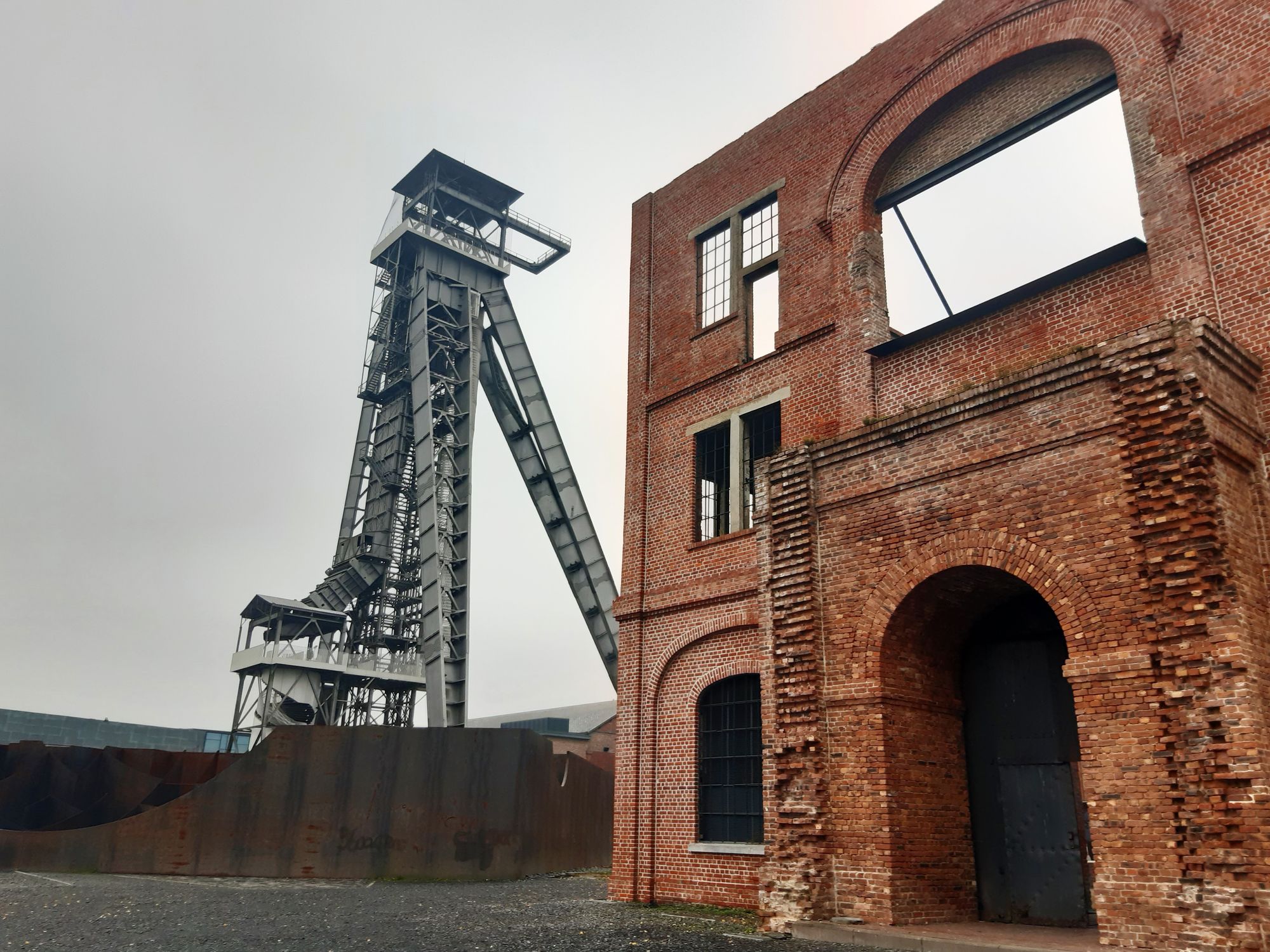
The influence of the coal mine can also be seen in the Vennestraat, Genk's cultural main street. Italian, Turkish and Greek restaurants abound! The street is also sometimes called 'the street of the senses', because you are stimulated on all sides. A special building in this street is the Cinema Victoria, established in the 1920s. With films like Luna Nova, this thriving neighborhood cinema filled up every time. The cinema closed in the 1980s and has since been owned by a repairman in television sets. The original exterior has fortunately been preserved. The "Old Pol," a trade for distillery and smoking goods also remains a nostalgic place.
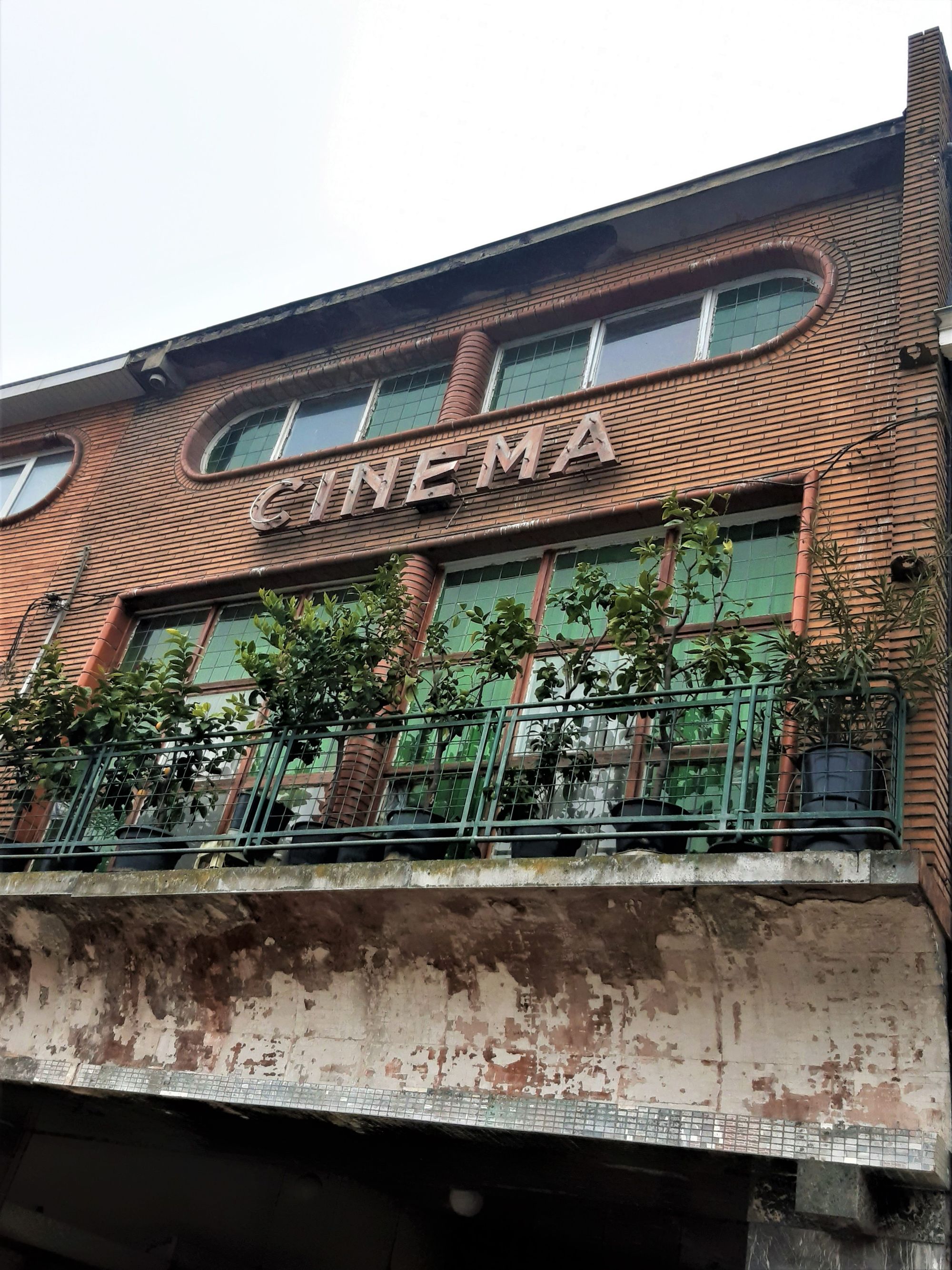
The walk in the ErfgoedApp explores not only the cultural center of Genk but also the Winterslag garden suburb, designed by architect Adrien Blomme (1878-1940). Inspired by the English "cottage style," Blomme laid out the residential streets around a monumental axis. That axis divided the garden district into an eastern and western section. The East garden district was intended for engineers and clerks, while the West garden district was for workers. Blomme wanted to preserve the natural hilly landscape, so the street plan consisted of curving and climbing streets. In addition, he paid attention to greenery in the residential areas. He added small paths between the houses, connecting the residents' backyards. Children could play in the little squares. In this way, the garden district became a bustling residence with a lot of social contact.
In the eastern part of the garden district, we come across a building in warm red brick and gables. This is the nunnery building, which has housed Syntra classrooms for several years. In the architecture, we see traditional elements on the one hand and innovative elements on the other. For example, there are decorative elements such as volutes and fluted pilasters, indicating the influence of the Arts & Crafts, a movement with which Blomme was in close contact.

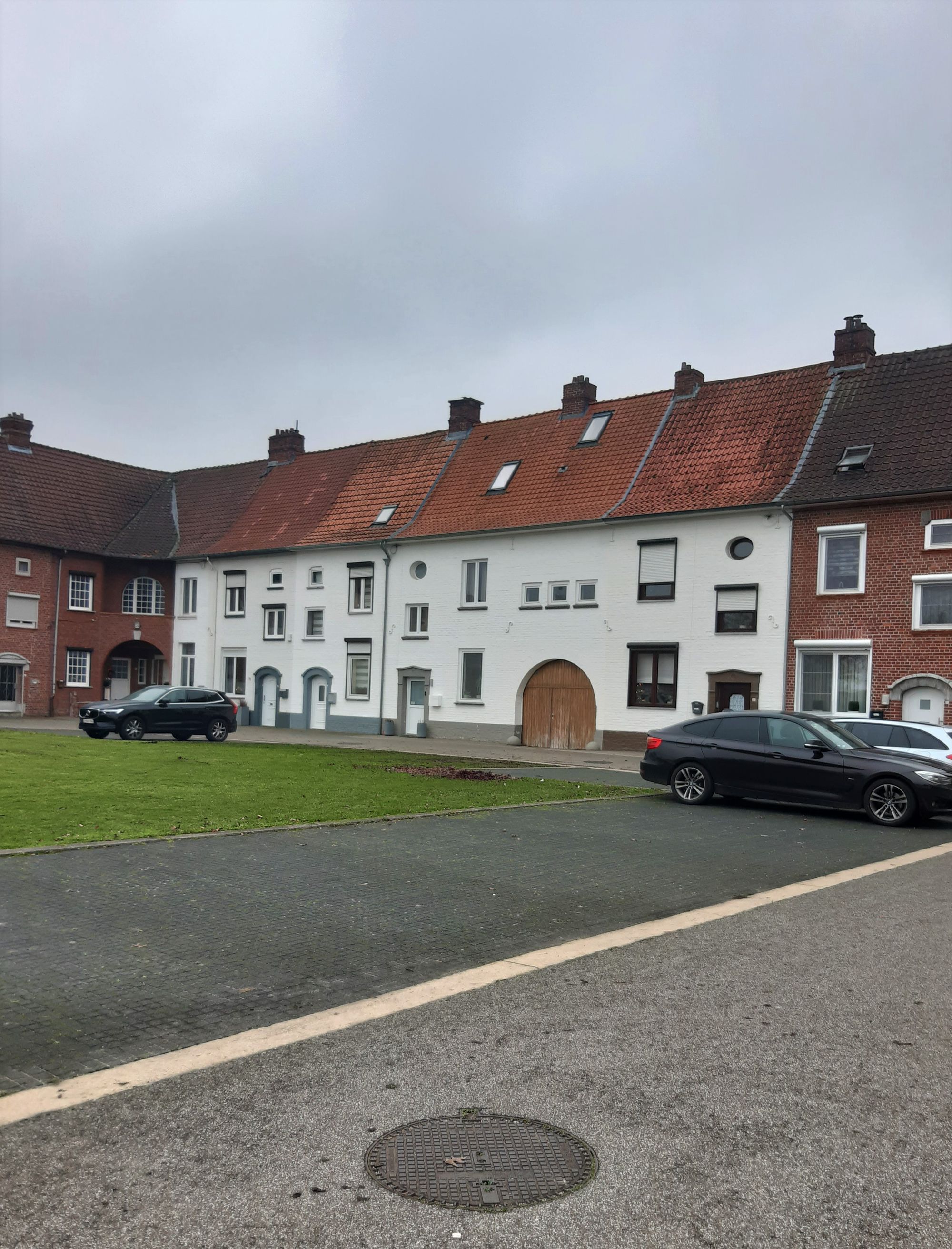
With the monastery, of course, came a church. The Sacred Heart Church was built in the early 1920s. Blomme designed the church in an eclectic style with neo-Romanesque elements. The church is built of quarry stone and has a pear-shaped spire. In a niche we see a statue of Saint Barbara, the patron saint of miners.

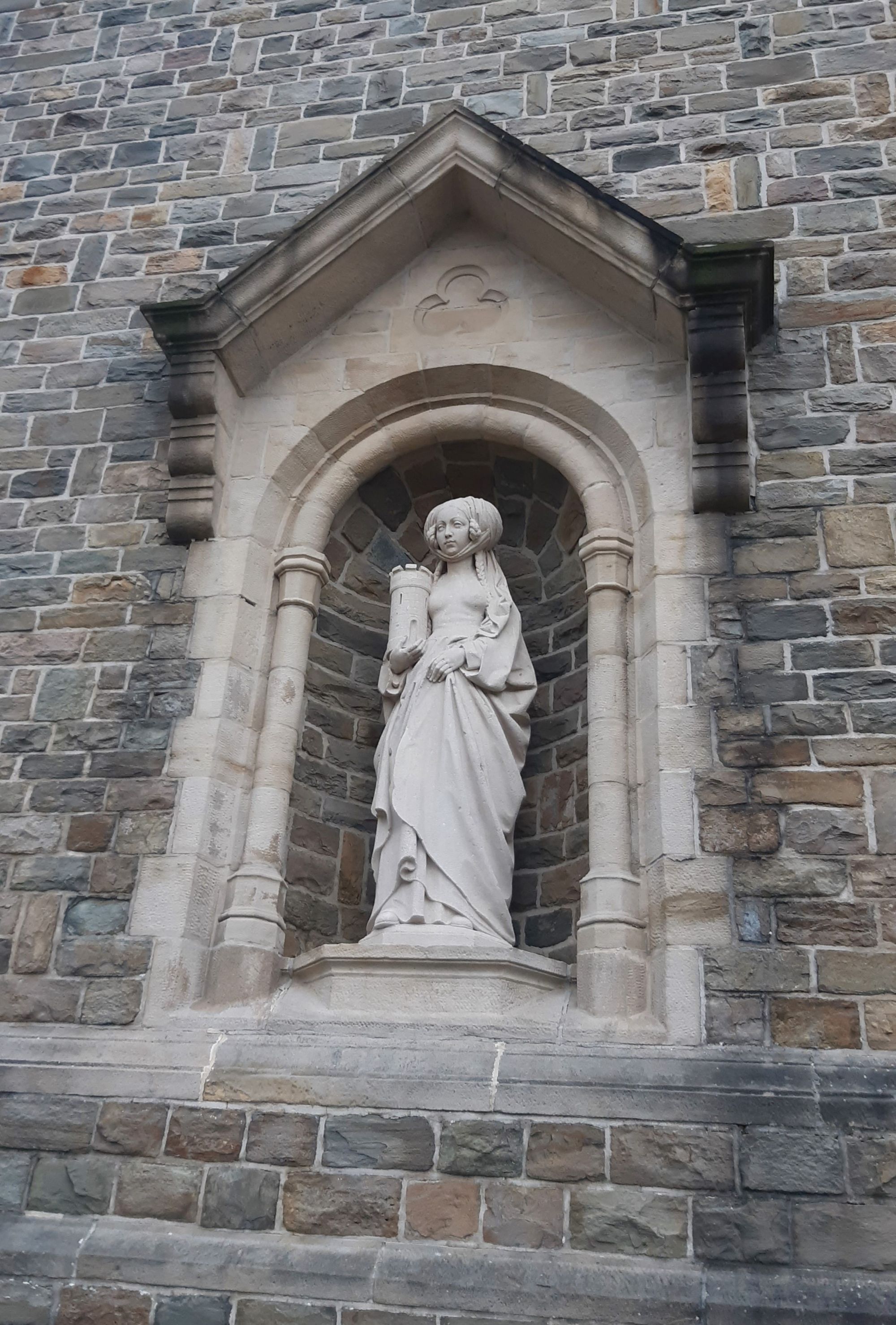
The Winterslag garden suburb clearly originated from the mine, but has continued to evolve over the years into a unique society of which the people of Genken are very proud. During the walk, there are plenty of opportunities to explore the city further. Plenty of opportunities to sample a traditional moussaka or baklava on Vennestraat, or continue your cultural visit at C-mine.

Download the ErfgoedApp from the App Store or via Google Play and start the tour Tournée Cité, make it a fun day!

